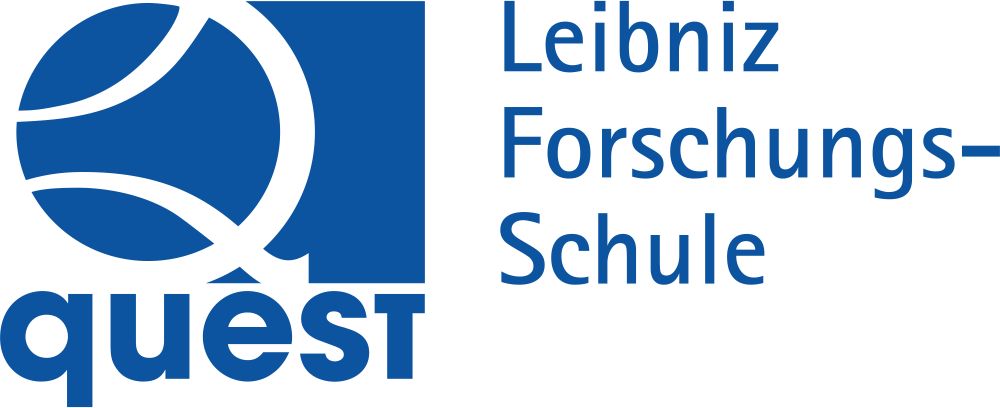Contextual segment-based classification of airborne laser scanner data
- authored by
- George Vosselman, Maximilian Coenen, Franz Rottensteiner
- Abstract
Classification of point clouds is needed as a first step in the extraction of various types of geo-information from point clouds. We present a new approach to contextual classification of segmented airborne laser scanning data. Potential advantages of segment-based classification are easily offset by segmentation errors. We combine different point cloud segmentation methods to minimise both under- and over-segmentation. We propose a contextual segment-based classification using a Conditional Random Field. Segment adjacencies are represented by edges in the graphical model and characterised by a range of features of points along the segment borders. A mix of small and large segments allows the interaction between nearby and distant points. Results of the segment-based classification are compared to results of a point-based CRF classification. Whereas only a small advantage of the segment-based classification is observed for the ISPRS Vaihingen dataset with 4–7 points/m2, the percentage of correctly classified points in a 30 points/m2 dataset of Rotterdam amounts to 91.0% for the segment-based classification vs. 82.8% for the point-based classification.
- Organisation(s)
-
Institute of Photogrammetry and GeoInformation (IPI)
- External Organisation(s)
-
International Institute for Geo-Information Science and Earth Observation - ITC
- Type
- Article
- Journal
- ISPRS Journal of Photogrammetry and Remote Sensing
- Volume
- 128
- Pages
- 354-371
- No. of pages
- 18
- ISSN
- 0924-2716
- Publication date
- 06.2017
- Publication status
- Published
- Peer reviewed
- Yes
- ASJC Scopus subject areas
- Atomic and Molecular Physics, and Optics, Engineering (miscellaneous), Computer Science Applications, Computers in Earth Sciences
- Electronic version(s)
-
https://doi.org/10.1016/j.isprsjprs.2017.03.010 (Access:
Closed)
https://research.utwente.nl/en/publications/a7a03fd9-2c42-485c-bb64-3726a55879de (Access: Open)


